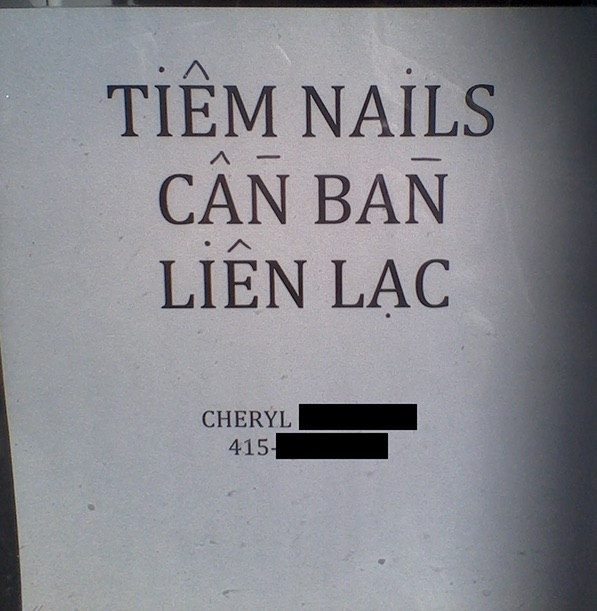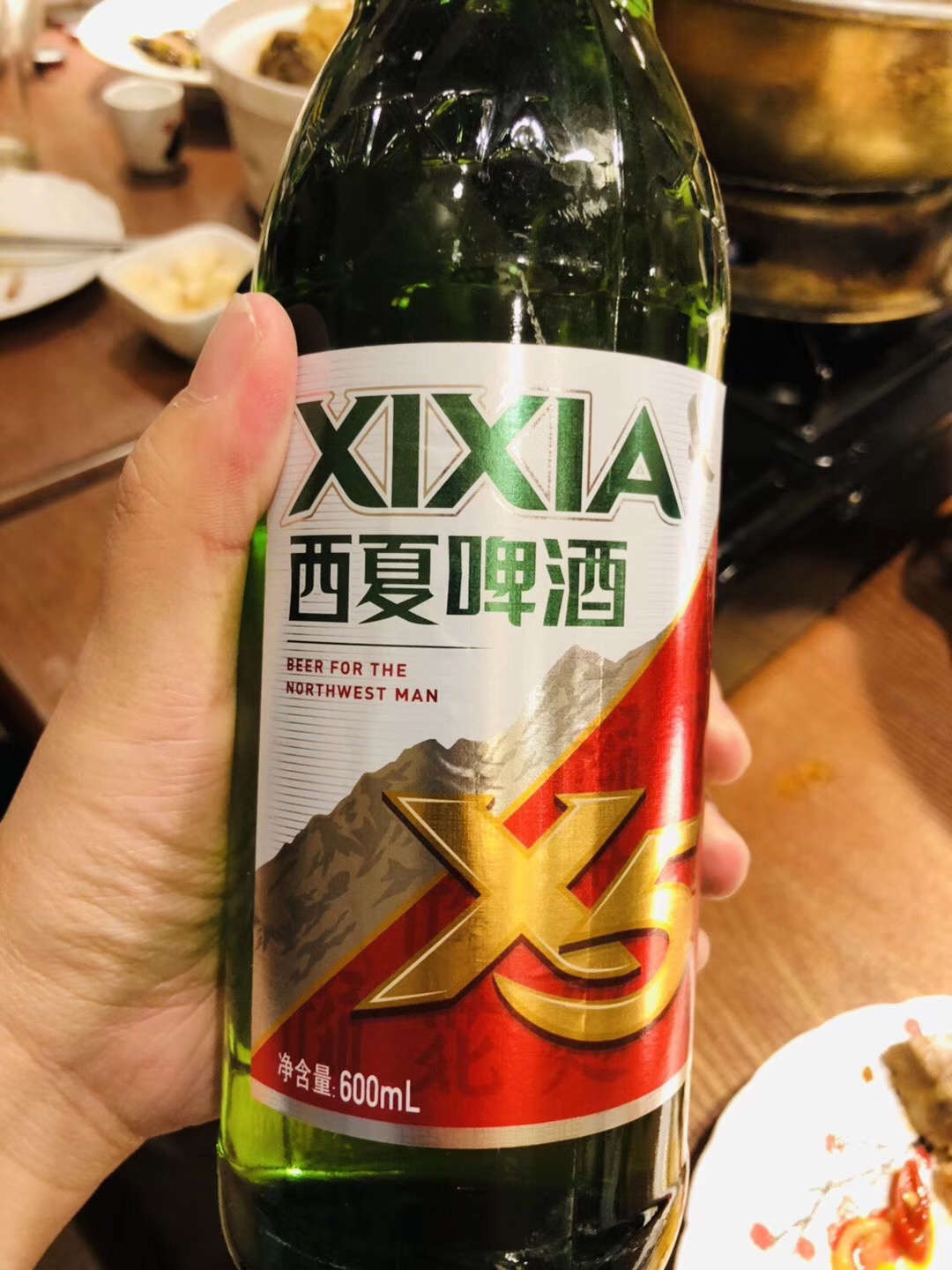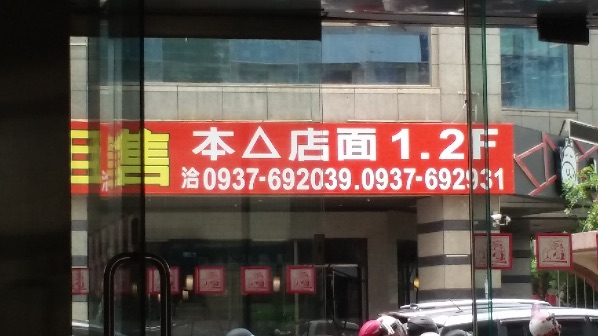Dungan-English dictionary
We have had several posts about Dungan on Language Log:
"Dungan: a Sinitic language written with the Cyrillic alphabet" (4/20/13)
"'Jesus' in Dungan" (7/16/14)
"Writing Sinitic languages with phonetic scripts" (5/20/16)
See also:
Implications of the Soviet Dungan Script for Chinese Language Reform.
The reason I have been interested in Dungan for the last four decades and more is that it constitutes prima facie evidence that a Sinitic language that had never before been written in Sinographs can be written in an alphabetical script, even without the indication of tones. Relying on separation of words with spaces, punctuation, etc., the Dungans have used their script to write poetry, essays newspaper articles, and so on.
Read the rest of this entry »





